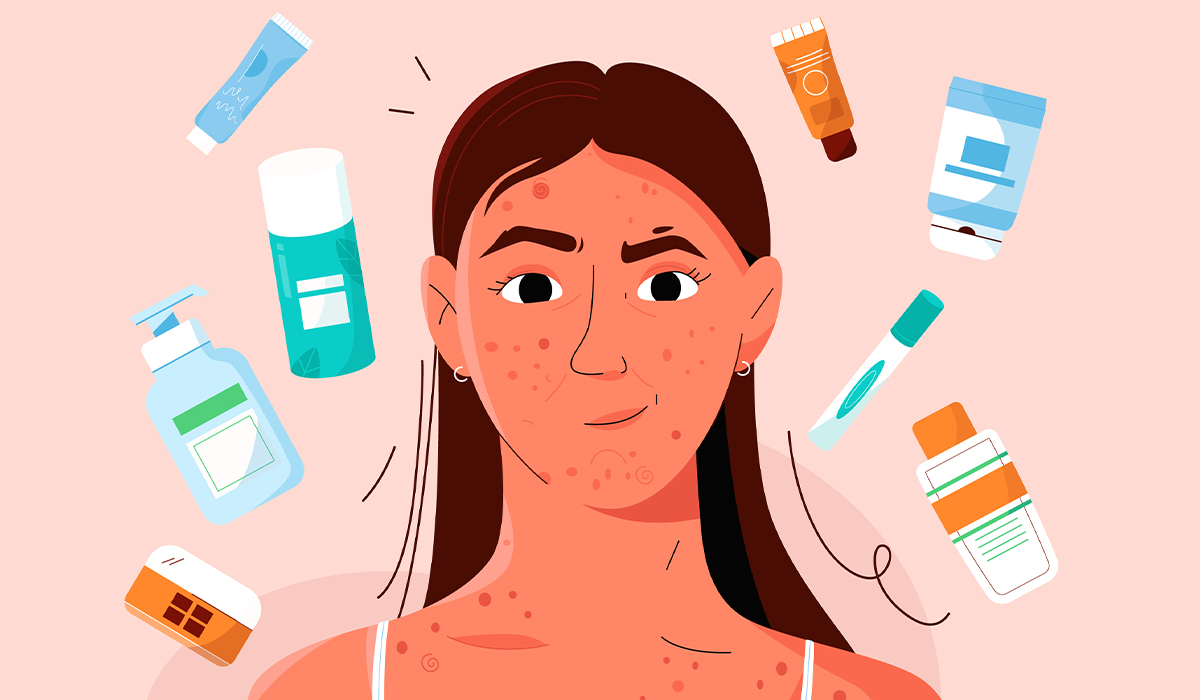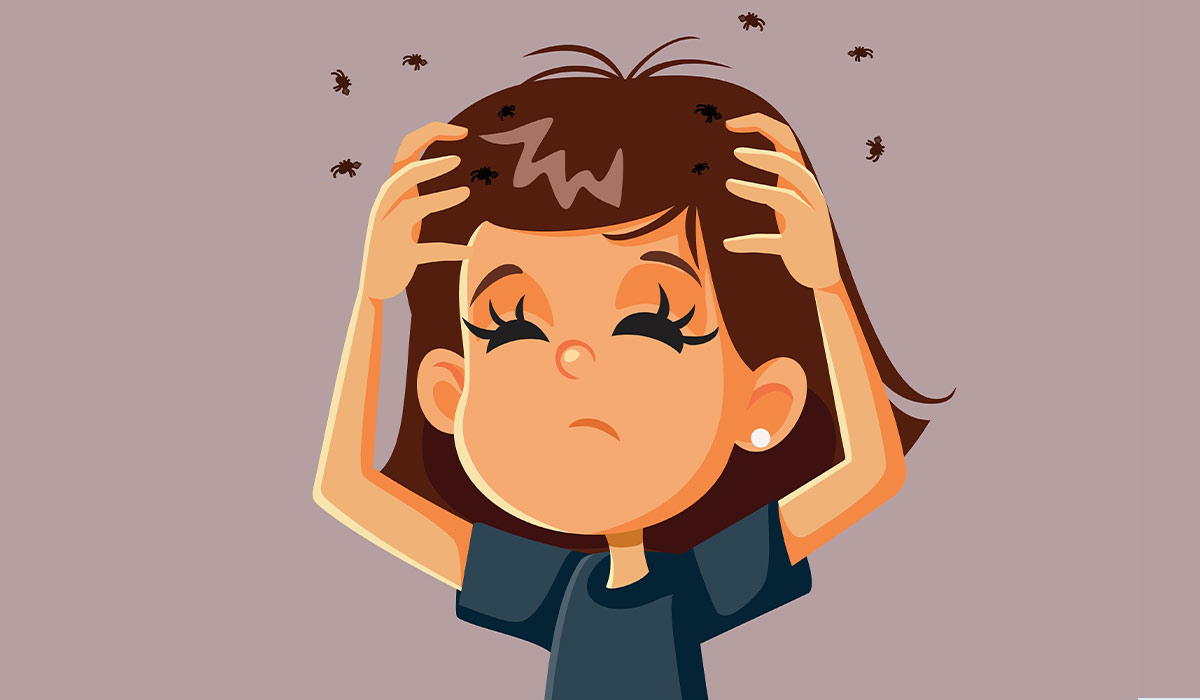Ichthyosis is a group of skin conditions that causes dry, rough, thick skin and red, gray, or dark scales. There are many types of ichthyosis, but only one is not considered rare. This type is known as ichthyosis vulgaris, a condition most likely to cause skin problems discussed in the article.
Ichthyosis is not considered a life-threatening condition, but it can significantly impact a person's life. The severity of ichthyosis can vary widely, ranging from mild cases with few skin issues to more severe forms covering more body parts. Some people with benign cases may not even realize they have ichthyosis, while those with serious skin problems may need to manage their symptoms daily.
Ichthyosis primarily affects the skin's surface, causing dryness and scales, but some types also cause problems inside the body. There are many distinct types of this condition, resulting in various health issues, but they are rare compared to ichthyosis vulgaris, the most common type that accounts for 95% of all cases. Let's take a closer look at the possible variations of ichthyosis.
Ichthyosis vulgaris occurs in approximately one out of every 250 people![]() and usually causes mild symptoms. The telltale signs are gray, white, or brown scales on the skin's surface.
and usually causes mild symptoms. The telltale signs are gray, white, or brown scales on the skin's surface.
Harlequin ichthyosis is more likely to affect newborns than adult people. Scales on the skin are thick and may cover the entire body. It affects the look of the newborn's face and can cause problems with moving the joints.
X-linked recessive ichthyosis is rare, affecting about one in every 6000 people![]() . It usually develops in men at 3-6 months of life and can worsen. Its symptoms include scaling on the legs, lower face, trunk, and neck.
. It usually develops in men at 3-6 months of life and can worsen. Its symptoms include scaling on the legs, lower face, trunk, and neck.
Lamellar ichthyosis affects newborns, causing collodion membrane (parchment-like membrane) that covers the entire of their bodies. The membrane peels away within several weeks, creating large, dark, plate-like scales.
Congenital ichthyosiform erythroderma is a type of ichthyosis that is present at birth. It's a rare and severe form that may result in a collodion membrane.
Progressive symmetric erythrokeratoderma develops later in childhood compared to other types of ichthyosis. It causes red, dry, and scaly skin on ankles, wrists, lips, buttocks, face, and limbs.
Erythrokeratodermia variabilis is a rare type of ichthyosis that usually appears in babies a few months after birth. It progresses as they age, causing rough, red, and thick areas on the skin. It usually develops on the face, arms, legs, and buttocks.
Ichthyosis can be genetic or acquired![]() . If you have genetic ichthyosis, you inherited it from your parents. Acquired ichthyosis, on the other hand, develops later in life due to non-genetic factors, such as taking certain medicines and having other medical conditions.
. If you have genetic ichthyosis, you inherited it from your parents. Acquired ichthyosis, on the other hand, develops later in life due to non-genetic factors, such as taking certain medicines and having other medical conditions.
It is not fully understood what causes acquired ichthyosis, but it has been linked to several health conditions that co-occur with ichthyosis. These include:
In rare cases, a medicine may trigger acquired ichthyosis. Doctors suspect the following meds could be responsible:
There are many types of ichthyosis, each with distinct features and symptoms. However, 95% of people with this condition develop a type called ichthyosis vulgaris![]() .
.
A telltale sign of ichthyosis vulgaris is dark brown, gray, or white scales that may develop at the legs, stomach, buttocks, scalp, face, and trunk. They are usually dry and have thin or thick cracks on their surface. For many people with ichthyosis vulgaris, the scaling and dry skin, worsen when the weather is dry or cold and improve when it's warm.
Other common symptoms associated with ichthyosis vulgaris include:
In severe cases, ichthyosis vulgaris may cause the following problems:
Complications that develop due to ichthyosis are not uncommon. You may experience additional health issues if it causes pieces of your skin to scale off – a process referred to by doctors as scaling![]() . When that happens, your skin – an immune organ that protects you from bacteria and other harmful microbes – gets compromised, which makes you more vulnerable to infections, damage, and other issues. Here are the most common problems that may appear if ichthyosis causes scaling:
. When that happens, your skin – an immune organ that protects you from bacteria and other harmful microbes – gets compromised, which makes you more vulnerable to infections, damage, and other issues. Here are the most common problems that may appear if ichthyosis causes scaling:
Children who developed ichthyosis are more likely also to get the following health conditions:
Ichthyosis can also hurt men's health, causing the following problems:
Other complications that may occur due to ichthyosis include:

The diagnosis of ichthyosis encompasses a review of the patient's medical and family history, skin, nails, and hair examination, and, in some cases, a skin biopsy.
In cases of inherited ichthyosis, a healthcare provider may take a swab from a person's mouth or a blood sample to perform a genetic test that can show if a mutated gene causes ichthyosis. A genetic counselor visit may be necessary to understand the results of the test.
Depending on the type of ichthyosis and its severity, you may need to consult one or more of the following specialists:

There is no cure for ichthyosis, but various treatment strategies help manage skin dryness and scaly, rough skin. Your healthcare provider may recommend the following strategies to relieve the symptoms:
Because there is no cure for ichthyosis, the outlook for ichthyosis depends entirely on the effectiveness of products against ichthyosis and management strategies used at home.
Milder forms of ichthyosis may require regular skincare routines, using moisturizers and topical treatments to manage symptoms, but individuals with these forms can lead relatively normal lives. More severe forms may pose greater challenges and require more intensive and specialized care.
Advances in medical research and treatment options continue to provide hope for better outcomes and quality of life for people with ichthyosis.
Ichthyosis is a group of skin conditions characterized by dry, rough, and scaly skin. The most common form is ichthyosis vulgaris, causing gray, white, or brown scales on the skin. While ichthyosis is not life-threatening, it can significantly affect a person's appearance.
Diagnosis involves a medical history review, skin examination, and possibly a skin biopsy. Genetic testing may be done for cases of inherited ichthyosis. Specialists that can aid you in treatment may include dermatologists, genetic counselors, pediatricians, and allergists.
Treatment focuses on symptom relief and preventing the scaling from getting worse. These strategies include using acid-containing products, salt-water baths, frequent moisturizing, and, in severe cases, oral or topical retinoids.
Research and advancements offer hope for improved outcomes and a better quality of life for individuals with ichthyosis. Despite the lack of a cure, ongoing medical support and management strategies can help affected individuals lead fulfilling lives.
Table of Contents

Acne is a skin disease whose main cause is the production of too much sebum. How does it manifest itself?… read more »

Itchy scalp is a fairly common condition that can have many causes. What are the most popular? What to do… read more »

Pimples are small inflammations of the skin caused by the blockage and infection of oil glands. How to get rid… read more »

Blackheads are small, dark lesions on the skin. They are occurring when a hair follicle becomes clogged with excess oil,… read more »

Periodontitis, or periodontal disease, is a serious gum disease caused by bacteria, leading to inflammation of soft tissues around your… read more »

A dry socket may occur after tooth extraction, a procedure in which a tooth is removed from the socket in… read more »

Heat rashes are skin lesions. They occur as a result of excessive sweating due to overheating of the body and… read more »

Psoriasis is characterized primarily by skin lesions that result from impaired epidermal regeneration. Learn about all types and signs of… read more »

Gingivitis is a very common condition affecting the gums. It is a mild form of gum disease that causes bleeding… read more »